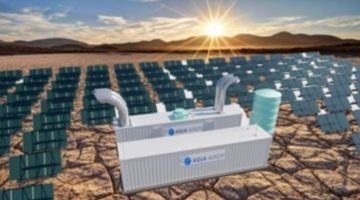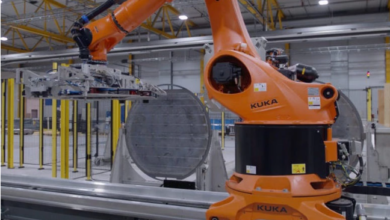Osaka Gas partners with Aqua Aerem; Uniper to test salt cavern for hydrogen storage
The Desert Bloom Hydrogen Project has been selected as a major project status in the Northern Territory.

Japan’s Osaka Gas Co., Ltd. and Aqua Aerem Pty Ltd (an Australian hydrogen-related company) have signed a joint development agreement for the Desert Bloom Hydrogen Project.
The Desert Bloom Hydrogen Project produces green hydrogen from water recovered from the atmosphere and electricity derived from sunlight that is not connected to the power grid, supplies it to power plants in the Northern Territory of Australia, and exports it overseas.
The long-run aim is to build multiple hydrogen production plants to produce about 400,000 tonnes of hydrogen annually.
Currently, Aqua Airem is conducting a demonstration test of a “water production unit” that recovers water from the atmosphere together with Sanguin, the company’s largest shareholder.
Osaka Gas will utilise the know-how built in the gas manufacturing and hydrogen-related businesses to provide technical support for basic plant design (FEED) and construction.
Uniper to use Krummhorn gas facility to test hydrogen storage
Uniper will test the existing gas storage facility designed for natural gas that needs to be converted for hydrogen.
Uniper will test this on a large scale and in a real environment at the former salt cavern storage facility in Krummhörn in northern Germany, which has not been used commercially since 2017.
For this purpose, a new cavern will be sunk using an existing well. The storage facility will be one of the first of its kind and is expected to be operational by 2024.
Uniper will invest around €10 million in the green future project with up to 250,000 m3 hydrogen storage volume.
The proximity to Wilhelmshaven enables the connection to the Uniper project “Green Wilhelmshaven”. There, Uniper is developing an import terminal for ammonia is planned, which will be able to convert the ammonia back into hydrogen, and envisaging a large-scale electrolysis plant with around 1,000 MW to produce green hydrogen capacity.
